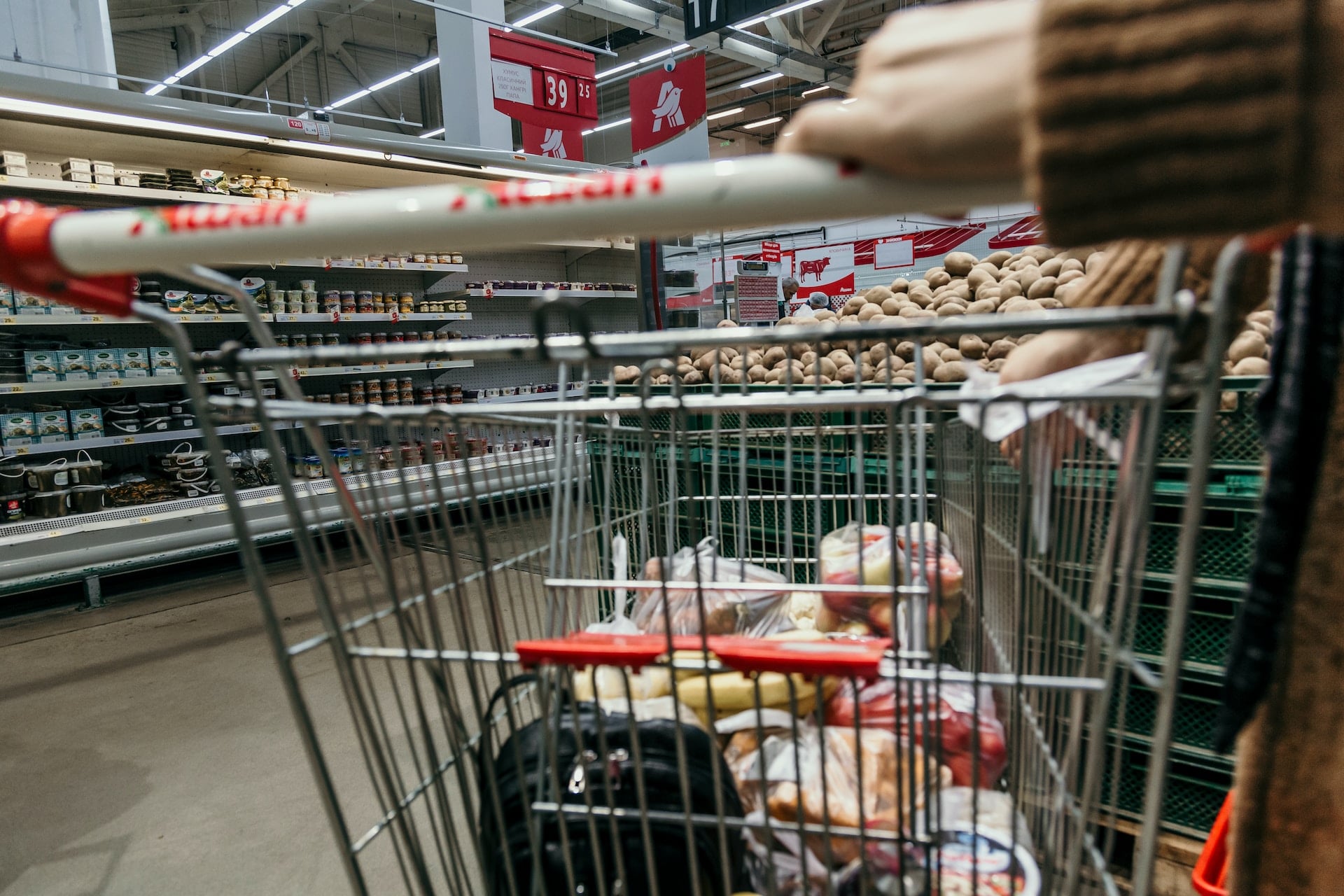Contents
Have you ever wondered where grocery stores get their food? Packaged products and snacks probably come from warehouses where they are produced and packaged across the country, but take a look at some of the produce packing, and you will see that your berries may be coming from South America, your veggies may be coming from California, and more.
There are several ways grocery stores source their inventory, and when ordering stock for the store, buyers must be aware of local demand for certain products, grocery news and what is happening nationally and globally as far as supply and demand and any supply chain issues, and any upcoming events or holidays. Here is how grocery stores source their inventory:
Direct Sourcing
One way that grocery stores source their inventory is through direct sourcing. In this case, the store orders directly from a supplier or manufacturer versus using a third party to order. This method allows stores to be more efficient and also save some money on the markups and handling costs they would pay if they ordered through a distributor.
One downside to direct sourcing is that it requires more effort and coordination on the part of the store to ensure that products are delivered on time and that there are enough of each product. In addition, if a supplier is dealing with supply chain issues, working with direct sourcing can be more risky, since you are relying directly on the supplier.
Ordering Through Distributors
Another way that grocery stores can source their inventory is by working with distributors. Distributors specialize in sourcing products for retailers, including grocery stores and having those products delivered. Since distributors are so large and generally already have standing relationships with manufacturers, they can generally negotiate better prices and delivery options than a single grocery store.
Ordering through distributors can be more convenient for grocery stores, since the distributors handle all of the logistics of ordering from manufacturers and delivery. However, when ordering through distributors, grocery stores have less control over what they receive, since distributors may not always have the exact brants, products, or quantities that the grocery store needs.
Sourcing Locally
Some grocery stores have begun to build local relationships for sourcing their inventory. In this way, grocery stores can work directly with local farmers and producers to obtain fresh, locally grown produce, or locally manufactured products.
Local sourcing can be a challenge, since smaller farmers may have unpredictable harvests and delivery schedules. In addition, not every product can be grown locally, so grocery stores are limited as to what inventory they can source locally. However, building relationships with local farmers and producers can be mutually beneficial for both the grocery stores and the farmers.
As you can see, there are several ways that grocery stores source their inventory. Whether they are working directly with manufacturers, ordering through a distributor, or working with a local farmer, grocery stores do they best to maintain inventory that customers want and need.



